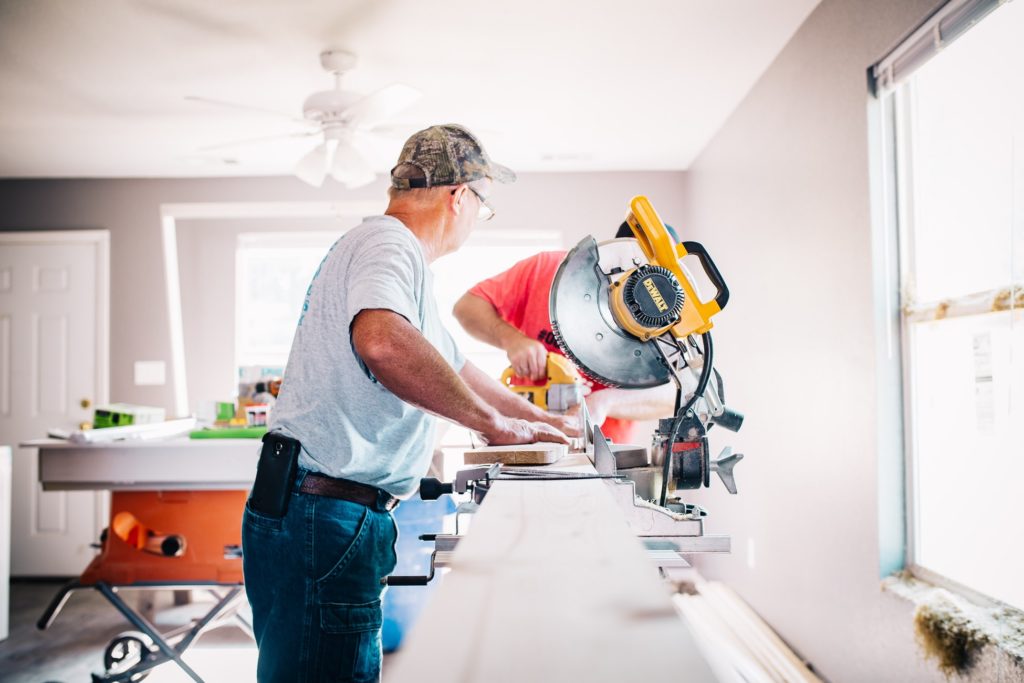
If you want to compete with the big guys, you have to have the latest and greatest machinery. Whether it’s to impress potential project managers or to get the job done more efficiently, you need to update or upgrade your equipment often.
Equipment is expensive though and most new or small businesses don’t have the cash flow to outright purchase new equipment. That leaves you with two options – do you lease or finance your business equipment?
How do you decide? Check out the factors below.
What is Equipment Leasing?
When you lease equipment, you essentially rent it from the vendor. The vendor determines the lease period and you make monthly payments in exchange for use of the machinery. At the end of the term, you have one of two options:
- Renew the lease at the vendor’s terms
- Buy the equipment outright based on the current price
- Return the equipment
What is Equipment Financing?
Equipment financing also requires monthly payments, but to a lender. With equipment financing, you own the equipment. You borrow some or all of the funds necessary to pay for the equipment and then pay principal and interest payments back to the lender. Each equipment financing loan has different terms, which determines the amount of time you have to pay the loan back in full. As long as you pay the loan back in full, the equipment is yours to keep.
The Advantages of Equipment Leasing
Equipment leasing may sound unattractive since you don’t own the equipment, but it has its value:
You can upgrade your equipment more often. Since equipment tends to get outdated rather quickly, this can be an affordable way to make sure you always have the latest equipment available.
You can choose the terms that are most attractive to you. Do your research and know the lifespan of the equipment you need. Then choose a lease term accordingly. If you choose a term that just about fits the equipment’s lifetime, you’ll be able to turn around and grab new equipment right when you need it.
You aren’t stuck with equipment at the end of the term. If you don’t have a way to sell or otherwise dispose of old equipment, leasing is an ideal situation. The vendor owns the machinery and is responsible for managing it after the lease term ends.
You can manage your cash flow. Leasing doesn’t require a down payment. You spread the payments of your time using the equipment over the lease period. This makes it easier to grow your business in other areas.
The Disadvantages of Equipment Leasing
Equipment leasing does have some downsides you should understand:
Equipment leasing may cost more money. You’ll pay interest on your lease payments just as you do on equipment financing. The interest rate may be higher depending on the chosen term and the vendor’s decisions.
You may have fewer options. Lease companies only have certain types and models of machinery. If you need to lease, you may have to settle for a different option than you originally intended.

The Advantages of Equipment Financing
Equipment financing has benefits too, including:
You can own the equipment. If you buy equipment that will outlive the loan’s term, you’ll save more money. You still have the equipment long after you pay it off in full, saving you money on monthly payments while giving your business some equity.
You can borrow up to 100% of the cost. Some lenders offer no down payment financing. Of course, this means you’ll have larger payments or longer terms, but if you don’t have the cash flow, it can be a great way to get the equipment needed.
The equipment is collateral which gets you attractive terms. Lenders know they can repossess your equipment if you default on the loan. This allows them to provide more attractive lending terms.
The Disadvantages of Equipment Financing
Just as equipment leasing has its downsides, so does equipment financing:
You may need a down payment. If you don’t have good enough credit or you’re buying a ‘risky’ type of equipment, you may need to come up with a down payment, which can interrupt your company’s cash flow.
You may be stuck with equipment you don’t need or want. When you buy the equipment, it’s yours to manage, obsolete or not. It can become a burden to your business.
Choosing between equipment leasing and financing is a personal decision. Weigh the pros and cons as they pertain to your situation, looking at the big picture financially. Make sure to also compare the interest rates, payments, and required upfront cash to determine what choice suits your business the best.


